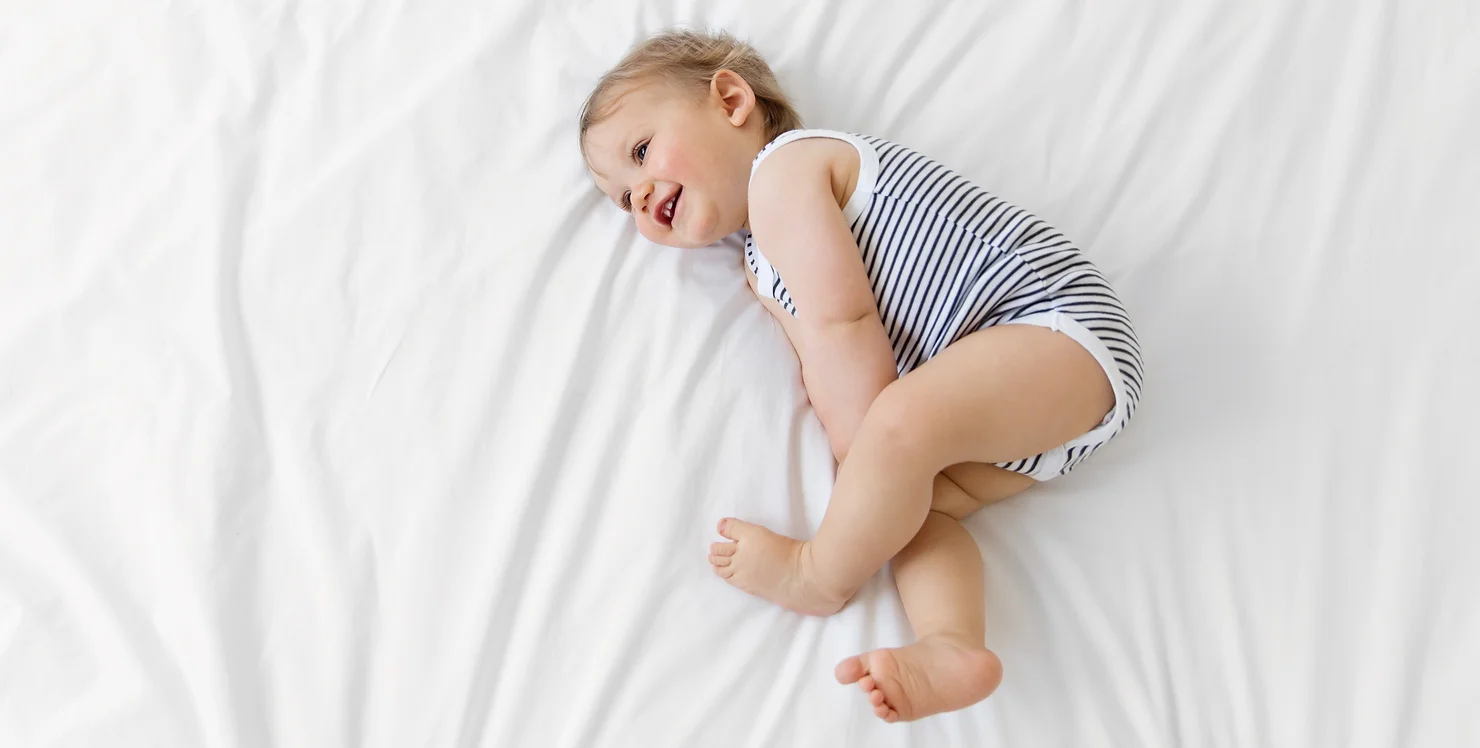Why Some Babies Sleep Better Than Others: Unlocking the Secrets of Temperament and Genetics
 By
Mellow Editorial Team
·
2 minute read
By
Mellow Editorial Team
·
2 minute read

As parents, we strive to ensure our children have the best environment for healthy growth and development. However, anyone who’s tried to get an infant to sleep knows that it’s not always as simple as following a prescribed routine. Even when parents do everything "right"—identifying the right time to put their baby to sleep and using quality sleep practices—there can still be significant differences in how children respond to sleep routines. This variability in response is often referred to as differential susceptibility based on infant temperament.
What is Differential Susceptibility?
Differential susceptibility refers to the idea that children are differently affected by their environment, both positively and negatively, depending on certain characteristics like temperament and genetics. Research supports this concept, showing that some children are more sensitive to environmental factors, while others are more resilient or less reactive to the same conditions.
For instance, when it comes to infant sleep, certain genetic factors can make a child more susceptible to the effects of sleep disruptions. A specific genetic variant can make short sleep durations more detrimental to an infant's temperament. While all infants benefit from a consistent sleep routine, these more sensitive children may exhibit stronger reactions to poor sleep—often becoming fussier or more difficult to soothe.
The Role of Genetics in Sleep and Temperament
Research has shown that short sleep durations can negatively impact an infant’s temperament, but this is especially pronounced in children who carry particular genetic variations. These children might become more irritable, restless, or difficult to manage if they don’t get enough sleep. On the other hand, children without these genetic markers might still be affected by poor sleep, but to a lesser extent. This genetic susceptibility highlights why some babies seem more challenging to put to sleep, even when the environment is supportive and the parenting practices are sound.
The "When" and "How" of Infant Sleep
Parents have access to a wealth of information on when to put babies to sleep and how to foster a quality sleep environment. Recognizing drowsy signs and practicing healthy sleep routines are essential tools for every parent. These practices, combined with good parenting techniques, can help create a more predictable and smoother bedtime experience.
However, even when parents hit the right timing and use all the right techniques, the outcome can vary greatly from one child to another. This is where differential susceptibility comes into play. The same bedtime routine that works flawlessly for one child might not be as effective for another, due to inherent differences in temperament and genetic makeup.
Why Some Babies Struggle More Than Others
When parents feel like they are doing everything right, but their child still struggles with sleep, it can be frustrating and confusing. The concept of differential susceptibility offers an explanation: some children are simply more sensitive to changes in their environment, making it harder for them to settle into a routine.
But that doesn’t mean all hope is lost. By focusing on consistency, patience, and adapting to your child’s unique needs, you can still improve their sleep quality over time. The important thing is to recognize that not all children will respond the same way to identical sleep strategies—and that’s okay.
The Calming Seas of Restful Sleep
While there may not be a one-size-fits-all solution to infant sleep, there is good news: even for more sensitive children, getting enough quality sleep makes a world of difference. Well-rested children are more likely to be calm, adaptable, and able to regulate their emotions better than those who are sleep-deprived. By recognizing the signs of differential susceptibility, parents can better understand why their child may need a different approach and adjust their routines accordingly.
Although achieving perfect sleep routines may not always be possible, the seas of parenting will undoubtedly be calmer if our children are better rested. Understanding and responding to their unique needs—whether rooted in genetics, temperament, or environmental factors—can lead to more peaceful nights and happier days for the whole family.
By tailoring sleep practices to fit each child’s individual needs, parents can help create an environment where their child can thrive, no matter what their temperament or genetic predispositions may be.
Reference: Weissbluth, M.D., Marc. Healthy Sleep Habits, Happy Child, 5th Edition: A New Step-by-Step Guide for a Good Night's Sleep (p. 200). Random House Publishing Group. Kindle Edition.